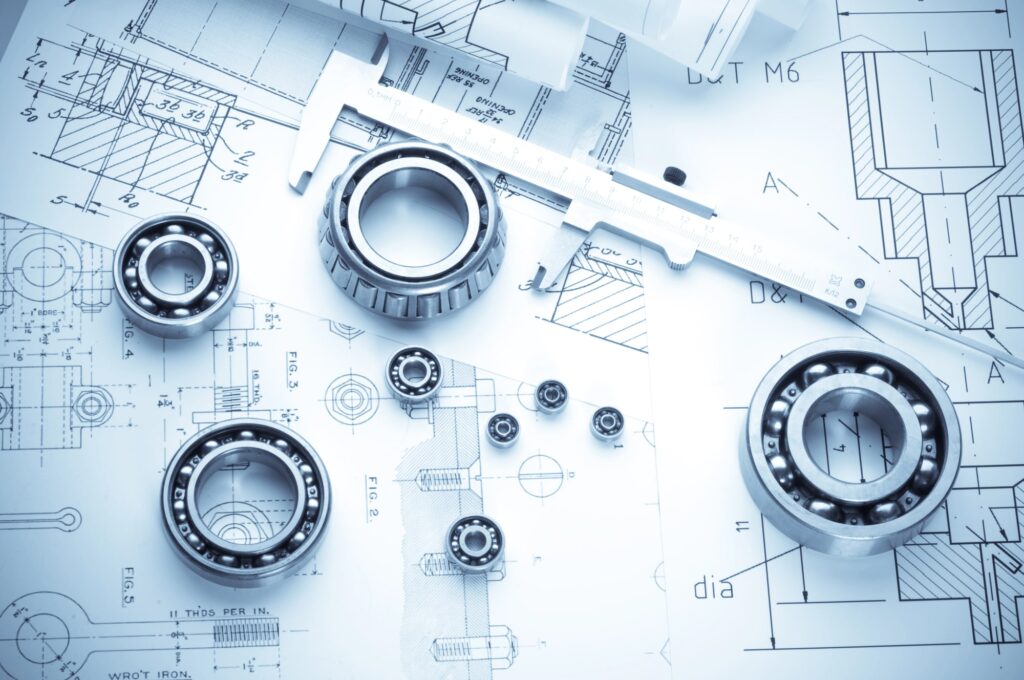The future of architectural design is being shaped by a complex interplay of aesthetics, technology, and sustainability. Nowhere is this clearer than in the latest building envelope trends for 2025.
Over a decade of discussions at Facades+ conferences highlights how architects and engineers are blending creativity with functionality. They are also responding to the call for greater environmental responsibility.
From prefabrication to geology-inspired designs, here’s a look at the trends shaping tomorrow’s buildings.
Rethinking Efficiency: Prefabrication and Modular Design
One key trend is the prefabrication of building components. This process involves manufacturing parts of a building’s envelope offsite, then assembling them at the construction site.
This strategy cuts construction costs and slashes waste. It also enhances quality control and expedites timelines.
The Evolution of Construction Methods
Prefabrication improves collaboration across disciplines. From façade paneling to structural units, this approach is changing how both small and large-scale projects are built.
It represents a synergy of technology and craftsmanship. The goal is to create resilient buildings with minimal environmental impact.
Book Your Dream Vacation Today
Flights | Hotels | Vacation Rentals | Rental Cars | Experiences
Aesthetic Inspirations: Geology and Textile Motifs
Building facades are experiencing a creative renaissance inspired by the natural and cultural world. Geology has become a fascinating source of inspiration.
Studio Gang’s Gilder Center at the American Museum of Natural History features flowing exteriors that mimic rock formations. This creates a tactile, organic presence in urban landscapes.
Weaving Heritage into Modern Design
Textile and fabric motifs are also influencing architectural design. Ennead Architects’ Philadelphia tower for Jefferson Health uses rippling glass panels to honor the city’s textile history.
These designs show how architects are weaving cultural narratives into modern structures.
A Return to Brick and Stone: Low-Carbon Materials Take Center Stage
With carbon accountability becoming more important, there’s renewed interest in low-embodied-carbon materials like terra-cotta, brick, natural stone, and rammed earth. Masonry is experiencing a revival as part of sustainable construction strategies.
Functional and Sustainable: The Benefits of Masonry Screens
Many architects are choosing intricate masonry screens that provide shading and reduce energy use. These features improve a building’s thermal performance and enhance the interplay of light and shadow.
Transparency Through Environmental Product Declarations
The adoption of Environmental Product Declarations (EPDs) is gaining traction. EPDs provide clear insights into the origins of building materials.
This empowers architects and engineers to make informed decisions. EPDs are becoming a vital tool for environmentally and ethically sound practices.
The Importance of Transparency in Design
Transparency goes beyond material documentation. It reflects a shift toward accountability and trust within the industry.
By prioritizing products with clear environmental credentials, projects are setting new benchmarks in ethical design.
Reimagining Existing Buildings: Facade Renovation
The climate crisis has encouraged architects to focus on revitalizing existing structures. Façade updates transform outdated buildings and reduce the need for demolitions and reconstructions.
Case Studies in Adaptive Reuse
Several projects exemplify this approach. In London, GROUPWORK replaced the brick cladding of an office building with aluminum panels that emulate Victorian townhomes.
Ennead Architects reshaped the former Newseum in Washington, D.C., using Tennessee marble. These projects showcase the potential of adaptive reuse to address both aesthetic and environmental concerns.
Responding to a Changing World
The trends in building envelope design for 2025 show the industry’s focus on creating structures that are beautiful, sustainable, and functional.
Architects and engineers are exploring prefabrication, new aesthetics, low-carbon materials, and adaptive reuse to solve modern challenges.
Here is the source article for this story: Topics, ideas, and materials defining building envelope design in 2025
Book Your Dream Vacation Today
Flights | Hotels | Vacation Rentals | Rental Cars | Experiences

